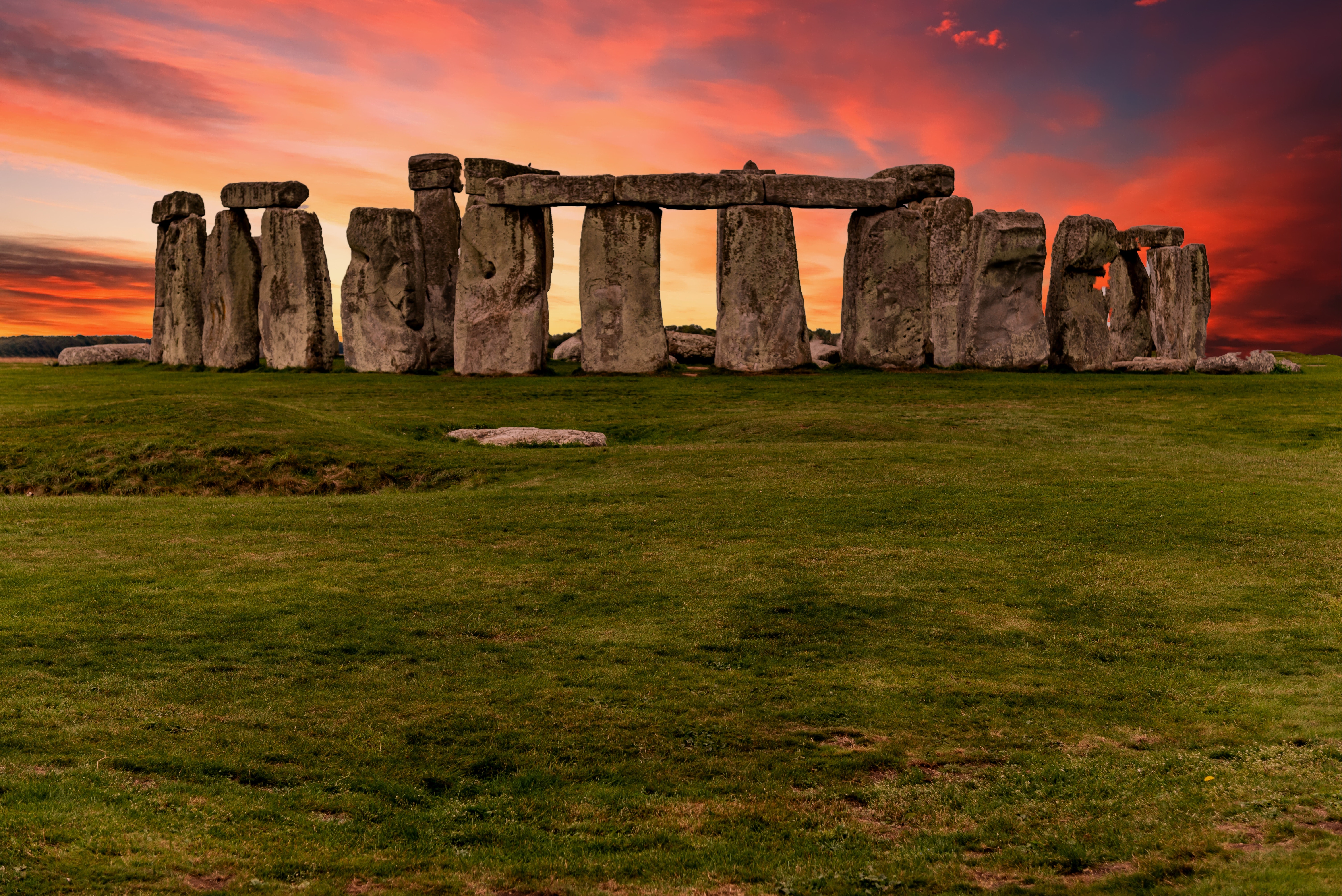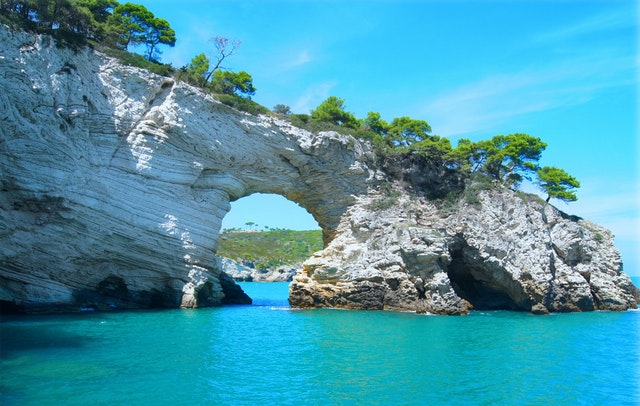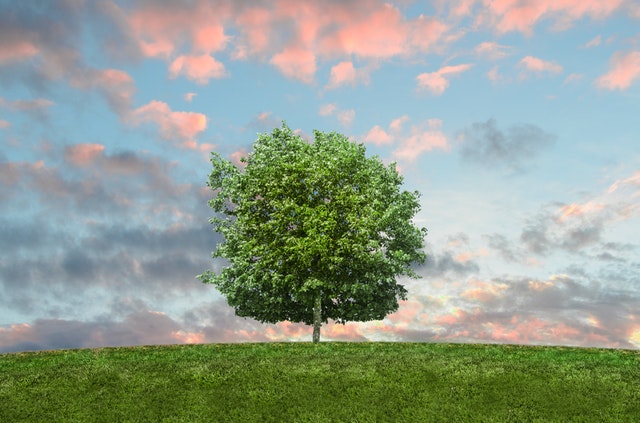-

Geology 335: Geophysics
This class is an introduction to theory of gravity, magnetic, and seismic exploration methods; physical properties of earth materials and their influence on geophysical measurements; limitations of geophysical data in the interpretation of subsurface structure. Prerequisites: GEOL 101, PHYS 121or 145, MATH 141 or 151 (or equivalent).
The goals of Geology 335 are to provide students with:
- Build a Jupyter Notebook that imports data in both CSV and NETCDF format into an appropriate data structure for visualization and analysis.
- Demonstrate proficiency in the use of the Pandas Data Frame and Xarray data structure.
- Demonstrate the ability to build a box model and the usage of the PDF and regression techniques of statistical reasoning.
- Explain the theory and practice of gravity and magnetics data collection.
- Build a python notebook that imports, organizes, reduces and visualizes a gravity dataset.
- Use GPS and a magnetometer to collect, analyze and interpret a magnetics data set.
- Explain the refraction and reflection methods for seismic data collection and describe the theoretical limitations governing their effective use in the field.
- Design, collect, analyze and interpret a seismic refraction survey.
-

Geology 101: Physical Geology
This class is designed for both Majors and Non-Majors. Because Geology 101 serves as the gateway to the Geology major, this class is focused on preparing you to take Geology 102 and the rest of the geology curriculum.
QC Bulletin Geology 101
Physical Geology Syllabus
The goals of Geology 101 are to provide students with:
- An understanding and appreciation of physical geology.
- The knowledge necessary to describe the processes that have shaped the earth's landforms including mountains, canyons, glacial regions, rivers, and beaches.
- An understanding of hazardous geologic processes, such as earthquakes and volcanic eruptions, will be viewed with greater understanding.
- An increased awareness of our planet and the dependence of man on finite geologic resources.
- The knowledge necessary to appreciate that the history of the earth, both its physical history and biological history, is recorded in the minerals, rocks, and landforms that compose the earth.
- The opportunity to have and recognize "geek moments", when they realize they understand some aspect of geology in the world around them that they wouldn't have understood before this class.
-

GEOL 16: Earthquakes, Volcanoes and Moving Continents
This course is an introduction to plate tectonics, global patterns of seismicity and volcanism and the and the amazing processes that shape the seafloor. Over 60% of all volcanism occurs beneath of ocean surface and results in some of the most fascinating and extreme environments on our planet, where underwater hot springs support communities of novel life forms that thrive in the absence of sunlight and oxygen
QC Bulletin GEOL 16
Earthquakes, Volcanoes and Moving Continents Syllabus